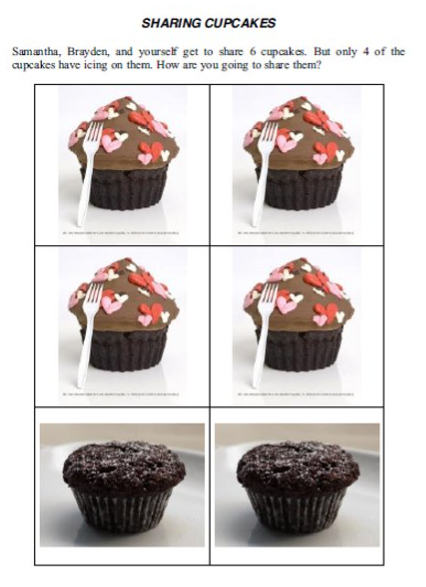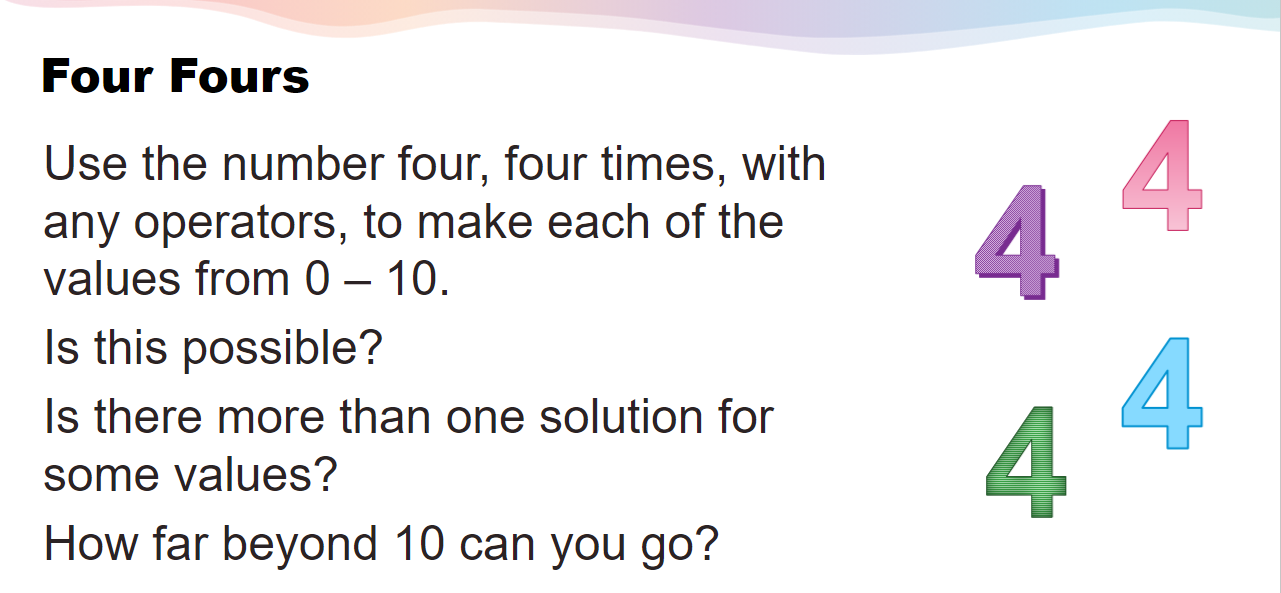Insights
Beginning-of-Year Elementary Math Assessment—How to Start Strong
When I taught middle school, those first weeks were, for me, the best part of the year. As I met my new students, I was excited to discover who these kids were and wondered who would they be by the end of the year. So, as we think about getting to know our students as learners, social beings, and mathematicians, we also need to think about how best to do that instructionally. How can we better understand where each student is as a learner at the beginning of the year so that we can help them succeed throughout the year?
Below, I share some beginning-of-year assessment strategies and a couple of time-saving hacks that not only help you determine where your students are, but also allow you to set classroom expectations.
Start with Open-Ended & Non-Curricular Tasks
You may be tempted, as I admit I was when I taught, to jump right in to having students show you everything they can do. The problem with this approach is, kids get overwhelmed and you don’t see them at their best. Starting with open-ended tasks, messing around with numbers, and having fun not only helps you learn what your students know, and don’t know, but also helps you establish that the classroom is where we come to do math and have a good time.
For those of you teaching primary grades, here’s an example of an open-ended task:

For those of you working in the upper elementary grades, here’s an example of an open-ended task:

Peter Lieljedahl, the author of Building Thinking Classrooms in Mathematics, recommends that you have students work initially on what he calls non-curricular tasks, which students work on for short periods of time. He also suggests that you randomly group students for these tasks. For longer term projects, you’re going to want to be more planful about your small groups, but for these tasks, random-grouping works. Here’s a link to some non-curricular tasks, organized by grade band, on Peter’s site.
As your students work in small groups on open-ended or non-curricular tasks, you’ll learn about their thinking process, their ability to collaborate, their problem-solving skills, their willingness to persevere, their ability to explain their thinking, the strategies they use, the tools they select, and of course what they know about the underlying math concepts.
When you decide how to spend math time at the beginning of the year, think about the messages you want to send. And at the same time, you are learning more about your students, you are also establishing classroom norms and saying that math is valuable.
On that last point, if I could wave a magic wand and change one thing about teaching elementary math, it would be to have us all ask more frequently, “How do you know?” or “Why do you think that?” Because these questions may not be asked regularly, students may automatically interpret this as the teacher’s polite way of saying, “That’s not the right answer.” But, these questions should be an invitation to share one’s thinking, whether the student has made a mistake or not, because in math we share our thinking all of the time. That’s how we learn.
Prioritize Content with Connections to Previous Year
In any elementary classroom, you are going to have a wide range of learners, from students who struggle with basic math concepts to those who confidently tackle new content. And due to interrupted teaching of the last couple of years, you’re most likely going to have to reteach some content from the previous grade level. So, how do you do this effectively while still keeping up with the pacing demands of the math curriculum for the grade level you teach?
You don’t need to know if they remember everything they learned last year. Rather think about what they must know from the previous year to be successful this year and assess on that content. This approach not only allows students to start from a position of strength, it also saves you time.
For example, in second grade we are still working on addition and subtraction, but we start teaching unknown problem situations or comparison problems, where the language may not be as friendly as it was in first grade. Consider this problem.
There were some students on the playground. Then 18 more students joined them. There are now 47 students. How many students were on the playground at the beginning?
Now look at this version.
There were some students on the playground. Then 5 more students joined them. There are now 17 students. How many students were on the playground at the beginning?
In the latter problem the numbers are more accessible to a second-grader who may be struggling with addition facts and still mastering some of the strategies used to add and subtract. However, they are still doing second-grade math because they are working on an unknown problem situation. This is an example of bridging content from one grade level to the next. I adjust the values to suit where my students are.
Similarly, as I move from third to fourth grade, multiplication, which we worked on in third grade, expands to multiplicative comparison in fourth grade. Fractions, which students encountered in third grade, expands from comparing to operating with fractions in fourth grade.
To help you think about how to make the bridge, here’s a chart that shows connections, by grade, topic, and standard, from the previous grade to the grade you teach.
Use Existing Resources
Every elementary teacher, in fact every teacher, has to teach a lot of content in limited time. And you have a roomful of learners at different levels. You have to cover all the important math standards for your grade level as effectively as possible, while also making sure that all of your students are learning. That takes energy. Below, I share a few beginning-of-year assessment strategies that save time and conserve energy.




